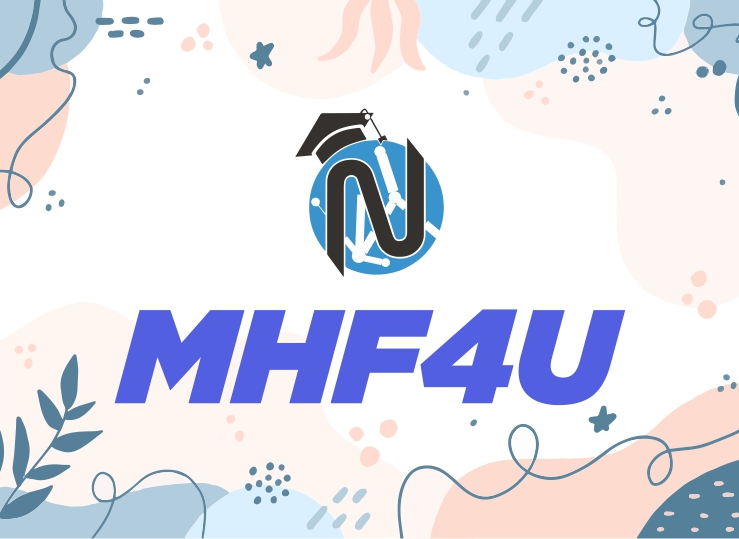
Advanced Functions (MHF4U)
Course Description
This course extends students’ experience with functions. Students will investigate the properties of polynomial, rational, logarithmic and trigonometric functions; develop techniques for combining functions, broaden their understanding of rates of change; and develop facility in applying these concepts and skills. Students will also refine their use of the mathematical processes necessary for success in senior mathematics. This course is intended both for students taking Calculus and Vectors course as a prerequisite for a university program and for those wishing to consolidate their understanding of mathematics before proceeding to any one of a variety of university programs.
For Ministry Guideline Click Here
| Units | Descriptions | Length (Approximately) |
|---|---|---|
| 1. | Characteristic of Functions Student will demonstrate an understanding of average and instantaneous rate of change, and determine, numerically and graphically, and interpret the average rate of change of a function over a given interval and the instantaneous rate of change of a function at a given point; Student will determine functions that result from the addition, subtraction, multiplication, and division of two functions and from the composition of two functions, describe some properties of the resulting functions, and solve related problems; Student will determine functions that result from the addition, subtraction, multiplication, and division of two functions and from the composition of two functions, describe some properties of the resulting functions, and solve related problems; |
20 hours |
| 2. | Polynomial and Rational Functions Student will identify and describe some key features of polynomial functions, and make connections between the numeric, graphical, and algebraic representations of polynomial functions; Student will identify and describe some key features of the graphs of rational functions, and represent rational functions graphically; solve problems involving polynomial and simple rational equations graphically and algebraically; Student will demonstrate an understanding of solving polynomial and simple rational inequalities. |
30 hours |
| 3. | Exponential and Logarithmic Functions Student will demonstrate an understanding of the relationship between exponential expressions and logarithmic expressions, evaluate logarithms, and apply the laws of logarithms to simplify numeric expressions; identify and describe some key features of the graphs of logarithmic functions, make connections among the numeric, graphical, and algebraic representations of logarithmic functions, and solve related problems graphically; solve exponential and simple logarithmic equations in one variable algebraically, including those in problems arising from real-world applications. |
25 hours |
| 4. | Trigonometric Functions Student will demonstrate an understanding of the meaning and application of radian measure; Students will make connections between trigonometric ratios and the graphical and algebraic representations of the corresponding trigonometric functions and between trigonometric functions and their reciprocals and use these connections to solve problems; Student will solve problems involving trigonometric equations and prove trigonometric identities. |
25 hours |
| The final assessment task is to provide students to do Exam Review (4 Hrs) +Formative Exam (2 Hrs) +Culminating Task (2 Hrs) + Final Exam (2 Hrs) | 10 hours | |
| Total | 110 hours | |
Overall Curriculum Expectations
By the end of this course, students will:
- demonstrate an understanding of the relationship between exponential expressions and logarithmic expressions, evaluate logarithms, and apply the laws of logarithms to simplify numeric expressions.
- . identify and describe some key features of the graphs of logarithmic functions, make connections among the numeric, graphical, and algebraic representations of logarithmic functions, and solve related problems graphically.
- . solve exponential and simple logarithmic equations in one variable algebraically, including those in problems arising from real-world applications
By the end of this course, students will:
- demonstrate an understanding of the meaning and application of radian measure.
- make connections between trigonometric ratios and the graphical and algebraic representations of the corresponding trigonometric functions and between trigonometric functions and their reciprocals and use these connections to solve problems.
- solve problems involving trigonometric equations and prove trigonometric identities.
By the end of this course, students will:
- identify and describe some key features of polynomial functions, and make connections between the numeric, graphical, and algebraic representations of polynomial functions.
- . identify and describe some key features of the graphs of rational functions and represent rational functions graphically.
- solve problems involving polynomial and simple rational equations graphically and algebraically.
- demonstrate an understanding of solving polynomial and simple rational inequalities.
By the end of this course, students will:
- demonstrate an understanding of average and instantaneous rate of change, and determine, numerically and graphically, and interpret the average rate of change of a function over a given interval and the instantaneous rate of change of a function at a given point.
- determine functions that result from the addition, subtraction, multiplication, and division of two functions and from the composition of two functions,
- compare the characteristics of functions, and solve problems by modelling and reasoning with functions, including problems with solutions that are not accessible by standard algebraic techniques.
Assessment & Evaluation of student performance
Formative assessments are learning practices that provide important feedback to student progress. Examples include homework and quizzes.
Summative assessments form a foundation for final mark allotment at the end of the unit, term and final evaluation.
An achievement chart will be given to students at regular intervals and the purpose of the charts is to provide feedback to students in relation to content and performance strands.
| Knowledge and understanding | Communication | Thinking Inquiry and Problem solving | Application |
|---|---|---|---|
| 25% | 25% | 25% | 25% |
Unit Tests, Written assignments, presentations, Classroom Observations and Classroom conversations.










